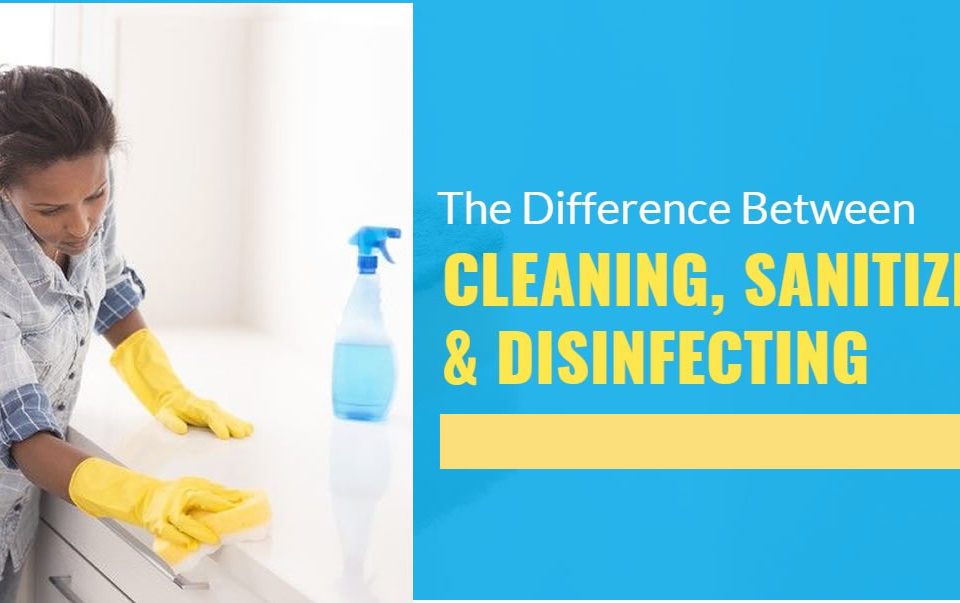
Difference Between Sanitizers and Disinfectants?
March 7, 2020THE DIFFERENCE BETWEEN SOAP AND DETERGENT

Is there a difference between soap and detergent? Both clean what they are made to clean. But, yes, there are differences. They come from different sources. They are different chemically. And they are put to different uses. An example of each is provided, below.
Soap
There are a variety of soaps. A soap is the metal salt of a fatty acid.
A fatty acid is an organic compound most often of animal or plant origin. A fatty acid contains a long-chain aliphatic carbon skeleton (with or without branches) plus a carboxylic acid group (-COOH) at its end.
The metal may be an alkali metal such sodium (Na) or potassium (K). These metals are found in the first column of the periodic table of the elements. Or, the metal can be an alkaline earth metal, such as calcium (Ca) or magnesium (Mg). These metals are found in the second column of the periodic table of the elements.
Detergent
Detergents have some similarities. But are often of synthetic origin. They are not made insoluble by hard (mineralized) water. Instead of a carboxylic acid group, detergents contains a more intensely ionic group. It may be a sulfate or a sulfonate group (-OS(O)₂-OH).
In addition, detergents can include aromatic rings. Detergents can also be used as surfactants and foaming agents.
Difference between Soap and Detergent
The key differences between soaps and detergents are tabulated below.
| Difference Between Soap and Detergent | |
| Soaps | Detergents |
| Consist of a ‘-COONa’ group attached to a fatty acid having a long alkyl chain. | Consist of a ‘-SO3Na’ group attached to a long alkyl chain. |
| They are not effective in hard water and saline water | They do not lose their effectiveness in hard water and saline water. |
| Soaps are completely biodegradable | Detergents containing a branched hydrocarbon chain are non-biodegradable |
| They have a tendency to form sum in a hard water environment. | These compounds do not form scum. |
| They are derived from natural sources such as vegetable oils and animal fats. | Detergents are synthetic derivatives. |
| Soaps are environment-friendly products since they are biodegradable. | These compounds can form a thick foam that causes the death of aquatic life. |
| Examples of soaps: sodium palmitate and sodium stearate. | Examples of detergents: deoxycholic acid and sodium lauryl sulfate. |
In Summary
1. The fundamental difference between soaps and detergent is that soaps are produced from natural ingredients, while detergents are made from synthetic sources.



